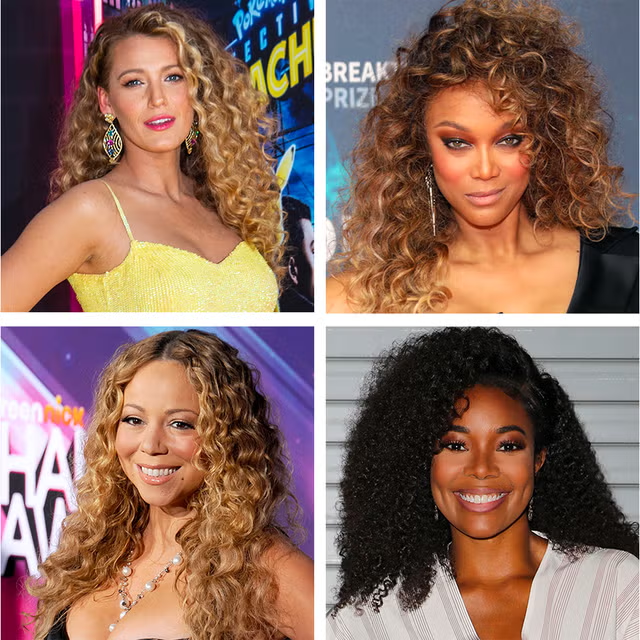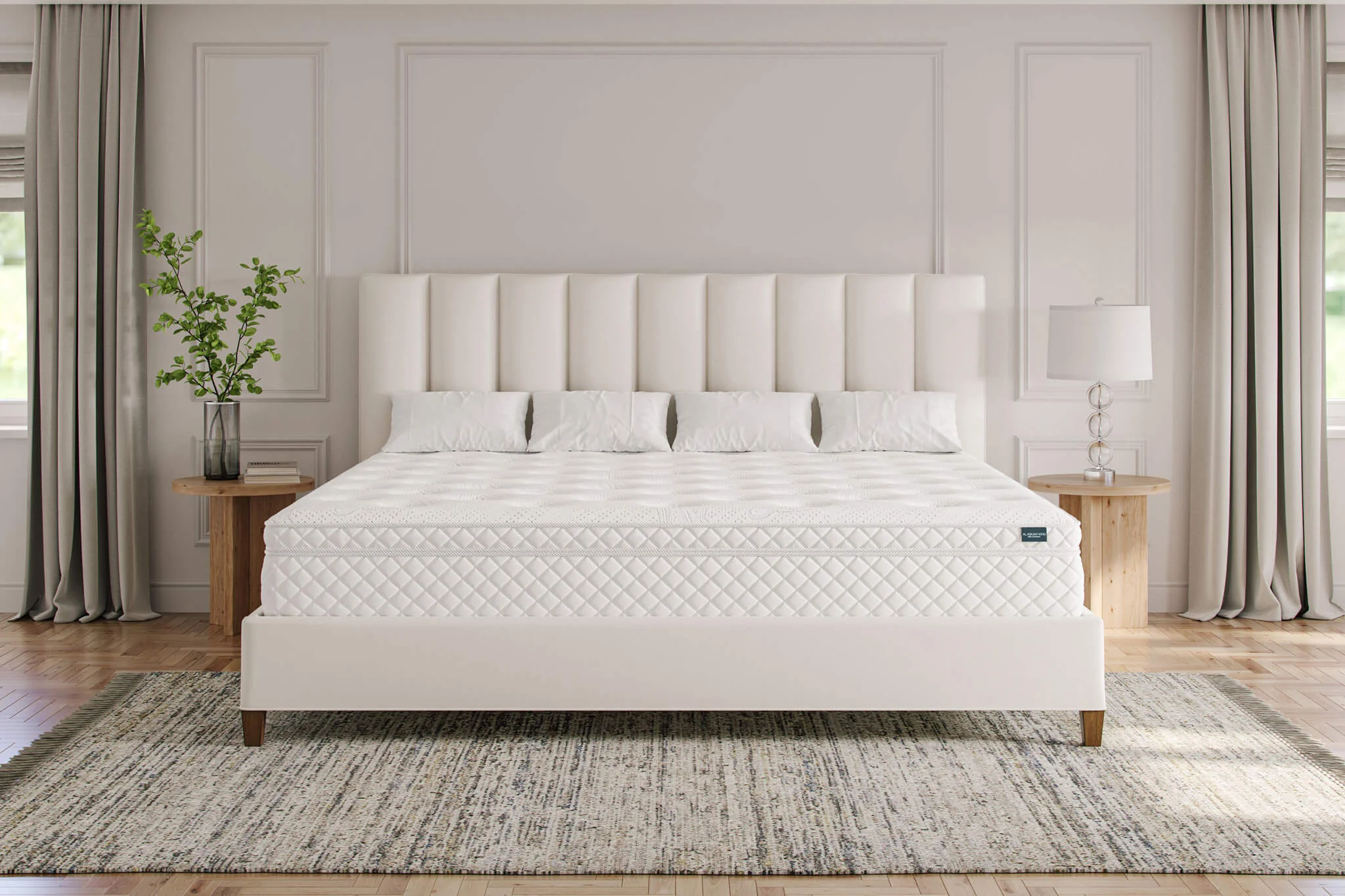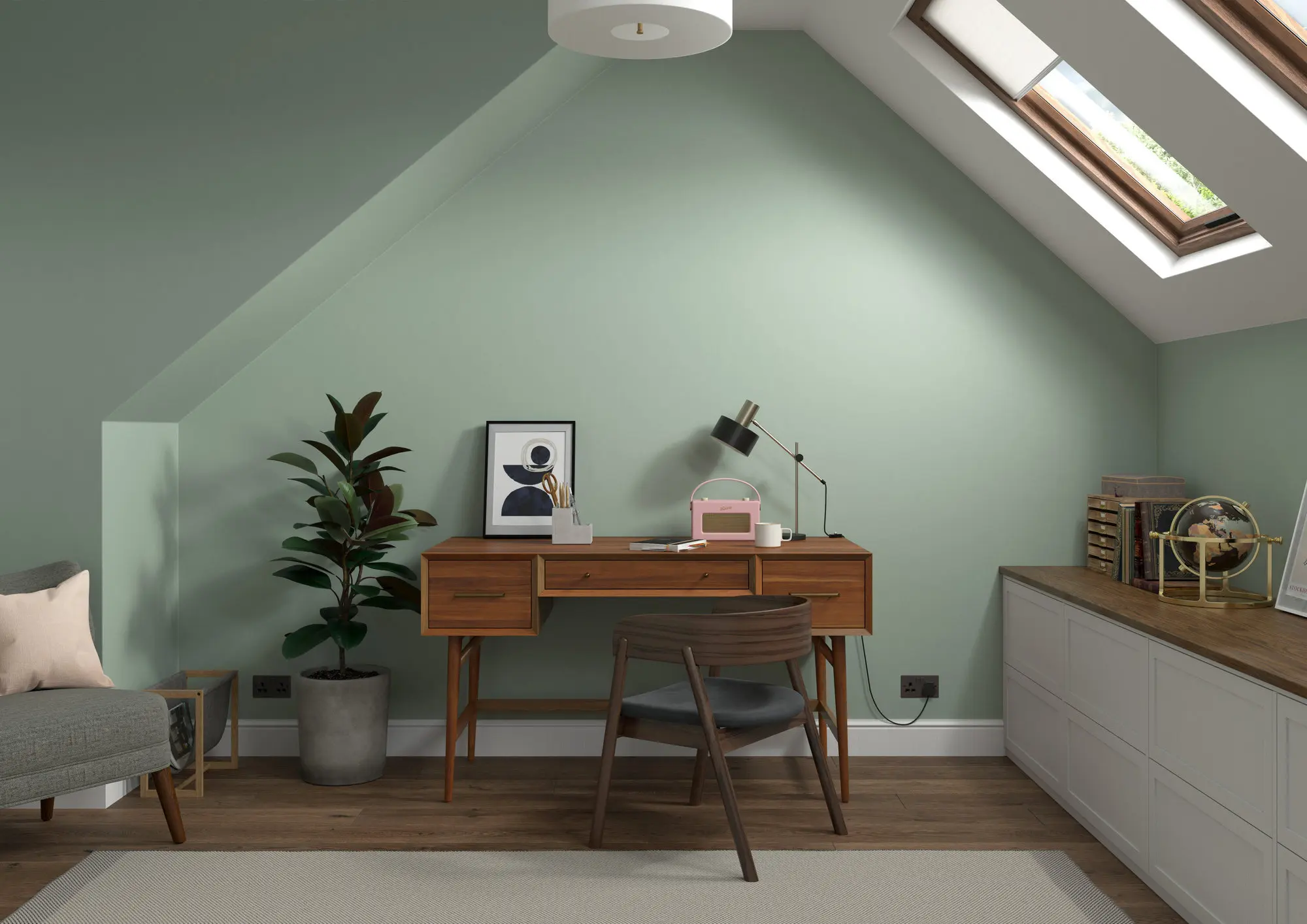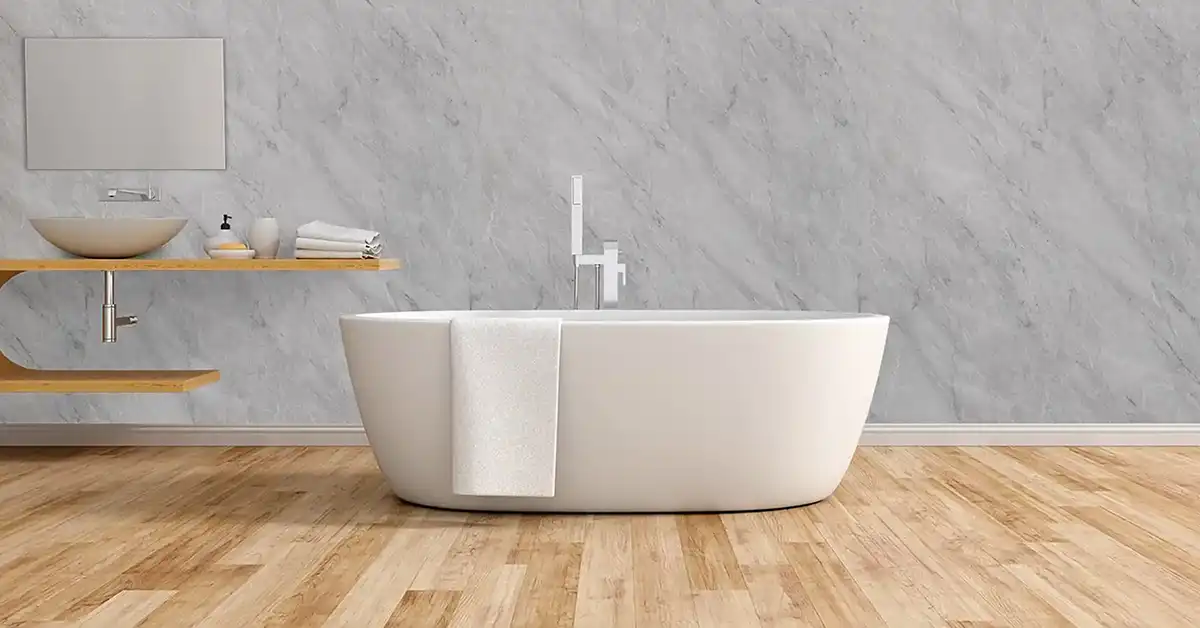Curly Hair Types Explained: Find Your Curl Pattern and the Best Products for 2A–4C

Curly hair is a beautiful, bold expression of individuality. But with great curls come great responsibility – and that starts with understanding curly hair types. Whether you have gentle waves or tight coils, knowing your curl type unlocks the secrets to styling, hydration, and long-term hair health. It’s more than just a number and letter – it’s the foundation of your hair care journey.
The widely accepted curl type system classifies curly hair from 2A to 4C, based on the pattern, texture, and tightness of the curls. These types help identify how your hair reacts to humidity, which curly hair products will suit you best, and how you should approach your daily curly hair routine. Embracing your curl type leads to stronger, healthier strands and an easier life with curls.
Why Knowing Your Curly Hair Types Matters
Many people with curly hair struggle with dryness, frizz, or undefined texture—not because their hair is unmanageable, but because they’re using products or techniques meant for a different curl type. Identifying your specific curly hair types helps avoid this common mistake. When you know what your hair needs, you can meet it halfway, leading to less frustration and more good hair days.
For instance, short curly hair needs a different approach than long coils. Similarly, curly hair men often need lightweight styling products that maintain texture without feeling greasy. Whether you’re using a curly hair brush, styling with a leave-in conditioner for curly hair, or going for a low taper fade curly hair cut, your curl type determines the success of your routine. Knowledge is curl power!
The Curl Type Chart: From Wavy to Coily
The curl type system is divided into three main categories: Type 2 (wavy), Type 3 (curly), and Type 4 (coily). Each is further split into A, B, and C based on curl definition, density, and texture. This simple guide can help you confidently identify your curl pattern.
- Type 2A: Loose, gentle waves with minimal frizz and little definition.
- Type 2B: S-shaped waves that are more defined and prone to frizz.
- Type 2C: Thick, coarse waves with some ringlets forming when hydrated.
- Type 3A: Loose, bouncy spiral curls with a wide circumference.
- Type 3B: Medium to tight curls with a springy shape and high volume.
- Type 3C: Corkscrew curls that are densely packed and very defined.
- Type 4A: Defined coils with a visible S-pattern when stretched.
- Type 4B: Z-shaped coils with less definition but high volume.
- Type 4C: Tight, zig-zag coils with shrinkage and minimal definition.
Knowing your position in this curl chart is essential to selecting the right curly hair shampoo, conditioner, and styling aids. Type 2 hair often requires light hydration and volume boosting. Type 3 curls need moisture and definition, while Type 4 thrives on intense hydration and protective styles.
Building the Right Curly Hair Routine

Creating a hair routine tailored to your curl type transforms your curls from unpredictable to glorious. Start with the basics: cleansing, conditioning, styling, and protecting. Use a sulphate-free curly hair shampoo to avoid stripping natural oils. For Type 3 and 4 hair, co-washing or using a leave-in conditioner for curly hair between wash days helps retain essential moisture.
After washing, use a curly hair brush or detangling comb on wet, conditioned hair. This reduces breakage and helps distribute product evenly. Then apply a curl cream or gel suited for your hair type. For Type 4C curls, a thicker butter may be necessary to lock in moisture. Finish by air drying or diffusing on a low setting for long-lasting definition.
Men with curls benefit from a simplified version of this routine. Styles like the mid taper fade curly hair and low taper fade curly hair require products that define curls without stiffness. For short curly hair men, focus on scalp health and hydration, especially if styling daily.
Choosing the Best Curly Hair Products
No two curls are alike – and no two products perform the same across all curly hair types. If your curls are soft and loose, go for lightweight mousses, curl activators, or texturising sprays. Heavy creams may weigh your hair down. Wavy and short curly hair types usually benefit from volume-enhancing products and light styling aids.
For tighter curl types, hydration is the key to health. Look for best curly hair products that include nourishing ingredients like shea butter, aloe vera, coconut oil, or glycerin. A good leave-in conditioner for curly hair detangles and defines without residue. Type 4 hair types especially need thick creams, oils, or butters that seal moisture and stretch the curl pattern slightly.
Whether you use curly hair extensions, prefer natural curly hair styles, or enjoy experimenting with colour and cuts, matching products to your curl type will make every hairstyle shine. Try products suited to your needs, not just popular trends.
Trending Styles for Every Curl Type
Style should reflect your natural beauty. Luckily, curly hair styles are versatile and ever-changing. From effortless wash-and-go routines to sculpted fades and braids, there’s something for everyone. Men can explore short curly hair with creative edge-ups or low-maintenance fades, such as the popular taper fade curly hair or curly hair boys trends.
Women may choose layered cuts to add shape to long curls or rock a bold bob for a chic look. Adding curly hair extensions can create volume and length when desired. Protective styles like twists, braids, or buns not only look great but also preserve hair health, especially for tighter textures.
Even the now-viral “curly hair tarantula” aesthetic on social media speaks to how creative and expressive curls can be. Whether classic or edgy, styling becomes easier when your routine is built around your unique curly hair types.
Conclusion: Embrace Your Curls, Define Your Routine
Understanding your curly hair types isn’t just about labels – it’s about empowerment. It helps you pick the right curly hair products, design a sustainable routine, and choose styles that complement your natural texture. Whether your hair is wavy, curly, or coily, the right information and tools can elevate your look and boost your confidence.
Curly hair isn’t difficult – it’s just different. Once you start caring for it the way it wants to be cared for, your hair will thank you in bounce, shine, and health. So embrace your texture, learn your type, and let your curls lead the way.
FAQs About Curly Hair Types
How do I determine my curly hair type?
Start by washing your hair and letting it dry naturally without product. Observe the shape and tightness of the curls. Compare them to a curl chart to find your best match.
Do curly hair types change over time?
Yes. Factors like age, hormones, heat styling, and chemical treatments can alter your natural curl pattern. A damaged curl may appear looser until it’s restored.
What products work best for type 3 or 4 curly hair?
Moisture-rich products like curl creams, deep conditioners, and oils work best. Avoid drying ingredients such as alcohol and sulphates.
How often should I wash curly hair?
Depending on your curl type, washing 1–3 times a week is ideal. Over-washing can strip natural oils, while under-washing may cause buildup.
Are certain hairstyles better for curly hair men?
Yes. Styles like the low taper fade curly hair or mid taper fade curly hair are low-maintenance and accentuate natural texture, making them popular among curly hair men.
You may also read: Low Taper Fade Haircut UK: Best Styles, Tips & Barber Guide 2025




